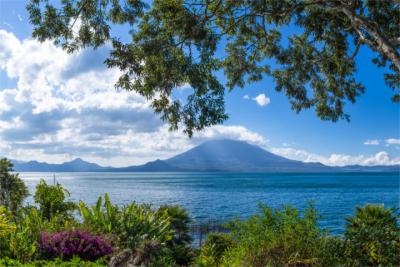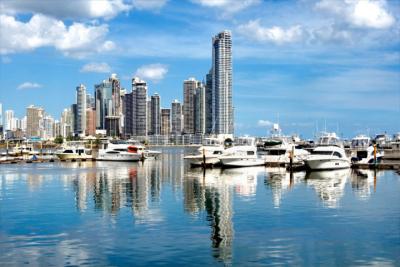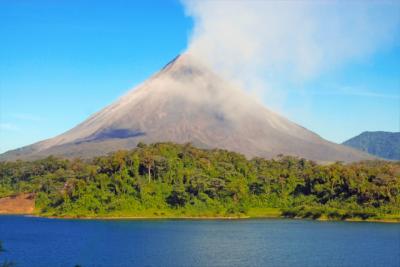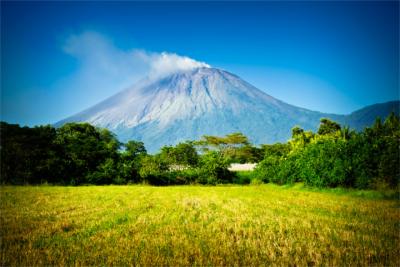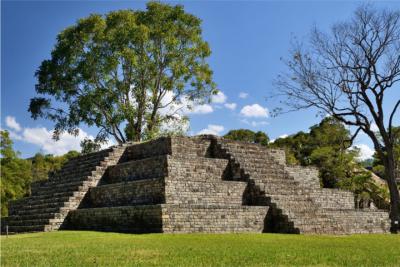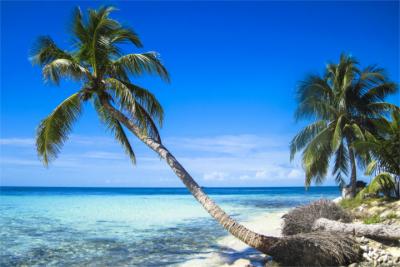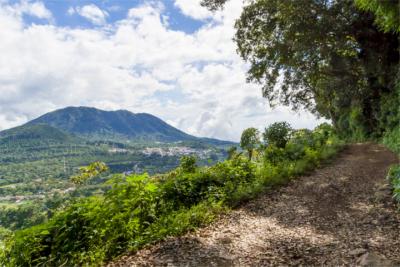Travel Offers
Travelmyne Featureprint
Distance
Nicaragua - Dancing on the Volcano
Experiencing exciting nature at first hand, that is what Nicaragua is about. In addition to the sound of the mariachi, visitors discover the historical cities of Granada and Léon and learn about the country's past. Refreshment is offered by the inland lakes and the long coasts.
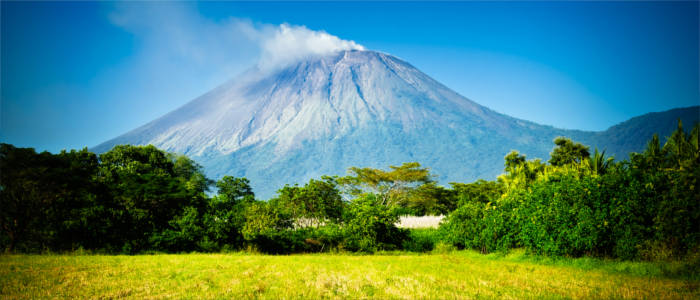
Geography - Tropical climate in the volcanic country
Nicaragua lies between Honduras and Costa Rica and borders on the Pacific Ocean and the Caribbean in the west and east. The exciting natural country is divided into 15 departments and two autonomous communities. Its biggest cities are the capital of Managua, the historical colonial city of Léon, Masaya and Chinandega. The climate is mostly tropical but it varies from region to region. It is usually very warm at the coast and the air is humid. In the highlands, however, the temperatures often cool down. The country's many active volcanoes are the main reason for the changeable weather.

Nature - Magical diversity
Smoking volcanoes tower above a lush rainforest, while coffee and banana plantations extend over the country's fresh green spaces. Nicaragua offers a truly beautiful scenery. While pumas, jaguars and monkeys range the thick jungle at the Caribbean coast, the smallest hummingbirds buzz around colourful orchids. You can also spot parrots and alligators here. One of the country's most beautiful animals is the colourful national bird, the turquoise-browed motmot (Gtuardabarranco). Nicaragua is crossed by a long chain of volcanoes. Many of them are still active and some of them permanently emit smoke. Refreshment is offered by the country's two great inland lakes: Lake Nicaragua (Lago Cocibolca) and the smaller Lake Managua. The crater lakes are particularly impressive, especially Lake Apoyo. While the Caribbean coast in the east is difficult to access for visitors, the Pacific coast is well developed. Wonderful sandy beaches and beautiful coastal cities make the country's western side most travellers' favourite.
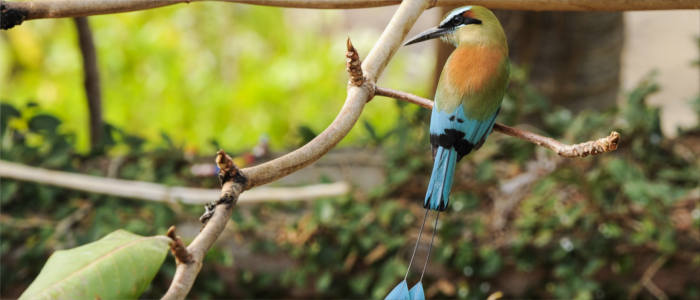
Natural sights - The "land of a thousand volcanoes"
Numerous volcanoes decorate Nicaragua's landscape and many of them are active to the present day and keep the country's population in suspense. Nicaragua is also called the "land of a thousand volcanoes". Not all volcanoes are accessible for tourists at all times but most of them do not pose a danger and can be visited. About 15 kilometres away from the capital of Managua, you find the Apoyeque. At its feet, you see the beautiful Xiloá Lagoon, which is a popular destination with both locals and holidaymakers. Another magnificent formation is the crater of the Concepción (another volcano) on Ometepe Island. Travellers have the opportunity to get to know the country's impressive flora on a walk. Mombacho Volcano (1,400 m) lies directly at the west coast of Nicaragua Lake, which is 300 kilometres long. This lake contains over 300 islands, which are called "Las Isletas". They can be visited by boat. One more thing which needs to be mentioned is the canopy tour in the treetops of the rainforest. It gives tourists the unique opportunity to see the stunning tropical forest from above at heady heights.
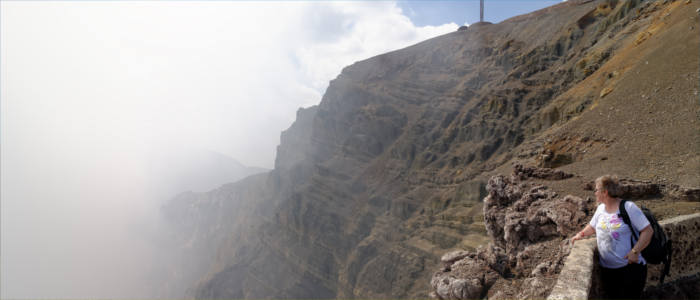
Culture - Differences between the east and the west
Nicaragua is one of Columbus' discoveries. Since he arrived over 500 years ago, the country has been subject to many changes. The country's former population was depleted extremely by the colonial powers. The last remaining indigenous tribes live rather isolated at the eastern Caribbean coast, hidden in the deep tropical forest. 90 percent of the country's population live in the cities at the east coast at the Pacific Ocean. Many places are still characterised by typical colonial architecture, for example Managua, Léon and Granada. If you want to get to know the people's attitude towards life, you should visit one of their traditional festivals and celebrations. The songs and dances of the mariachi groups make tourists feel Nicaragua's rhythm and get them infected with the inhabitants' joy of living and their cordiality.
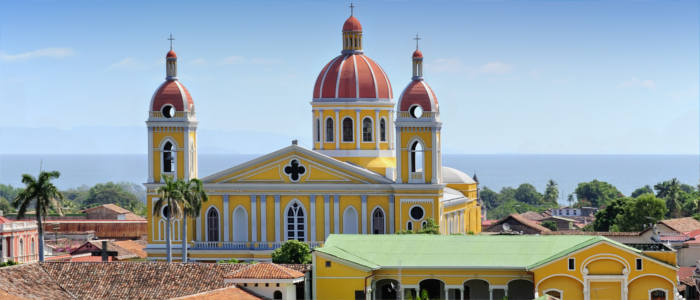
Cultural sights - Managua, Léon and Granada
The capital of Managua has suffered a number of heavy earthquakes in the past, which destroyed parts of the city. The last one occurred in 1972 but the inhabitants do not grow tired of reconstructing their city. Worthwhile attractions are the idyllic lake promenade of Lake Managua (Lago Managua), the Palacio Nacional and the Old Cathedral of Managua (Catedral de Santiago), which survived all the earthquakes. Léon is the country's second biggest city. Its cathedral is worth seeing as well. The UNESCO declared the building a World Cultural Heritage sight. Granada is popular with visitors too. It was already founded in 1524, which makes it one of the oldest cities in Central America. It has developed into a lively university city, which has remained a venerable and charming place.
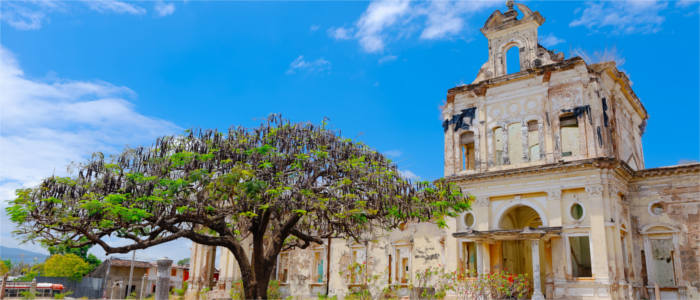
Experience - Gallapínto and coffee
Art handicraft and coffee from local coffee plantations are two of the most popular souvenirs from Nicaragua. The aromatic coffee is grown in the highland and can be tasted on the estates. Many coffee fincas also offer typical Nicaraguan dishes. Plantains or potatoes which have been tossed in cream (Papas a la Crema) are highly recommended. The national dish "galla pinto" consists of fried rice and pinto beans and is served in all restaurants at all times of the day. If you want to experience the country's fiery nightlife, you should not miss out on Managua. Casinos, night clubs and bars are opened until the early morning hours in the Zona Rosa.
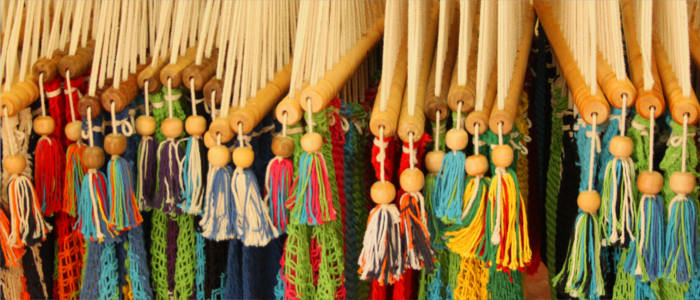
Activities - Seaside fun and volcanic adventures
The Pacific coast is excellently suited for summery holidays at the seaside. Windsurfers can pursue their hobby in the sea as well as on the country's great lakes. The best diving locations are located around Corn Island. Deep-sea fishers set out into the Pacific Ocean here. Travellers can take part in whale watching tours at any time of the year. Blue whales are particularly common in front of the coast. A typical highlight in Nicaragua is the ascent of a volcano. Crater hikes, climbing tours and camping trips are popular activities here but they should be planned well in advance.
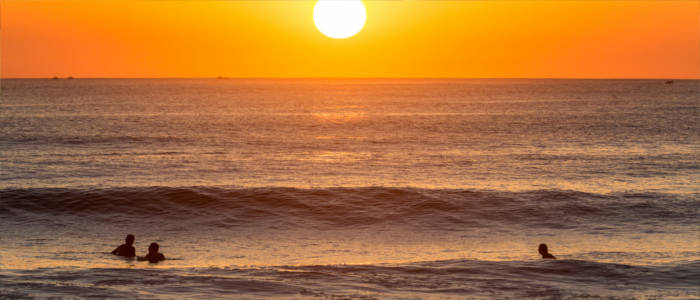
Information
Nicaragua can be travelled at any time of the year but the months of January and February are particularly suited. They are the beginning of the dry season. It does not rain as often any more, the climate is pleasantly warm and the landscape is still in full bloom. Due to the volcanic activity, travellers should always check for current travel warnings.
Bubbling volcanoes and the blue Pacific Ocean make Nicaragua a popular destination with adventurers and active holidaymakers. Holidaymakers who are interested in historical architecture will discover many exciting sites in Nicaragua.

